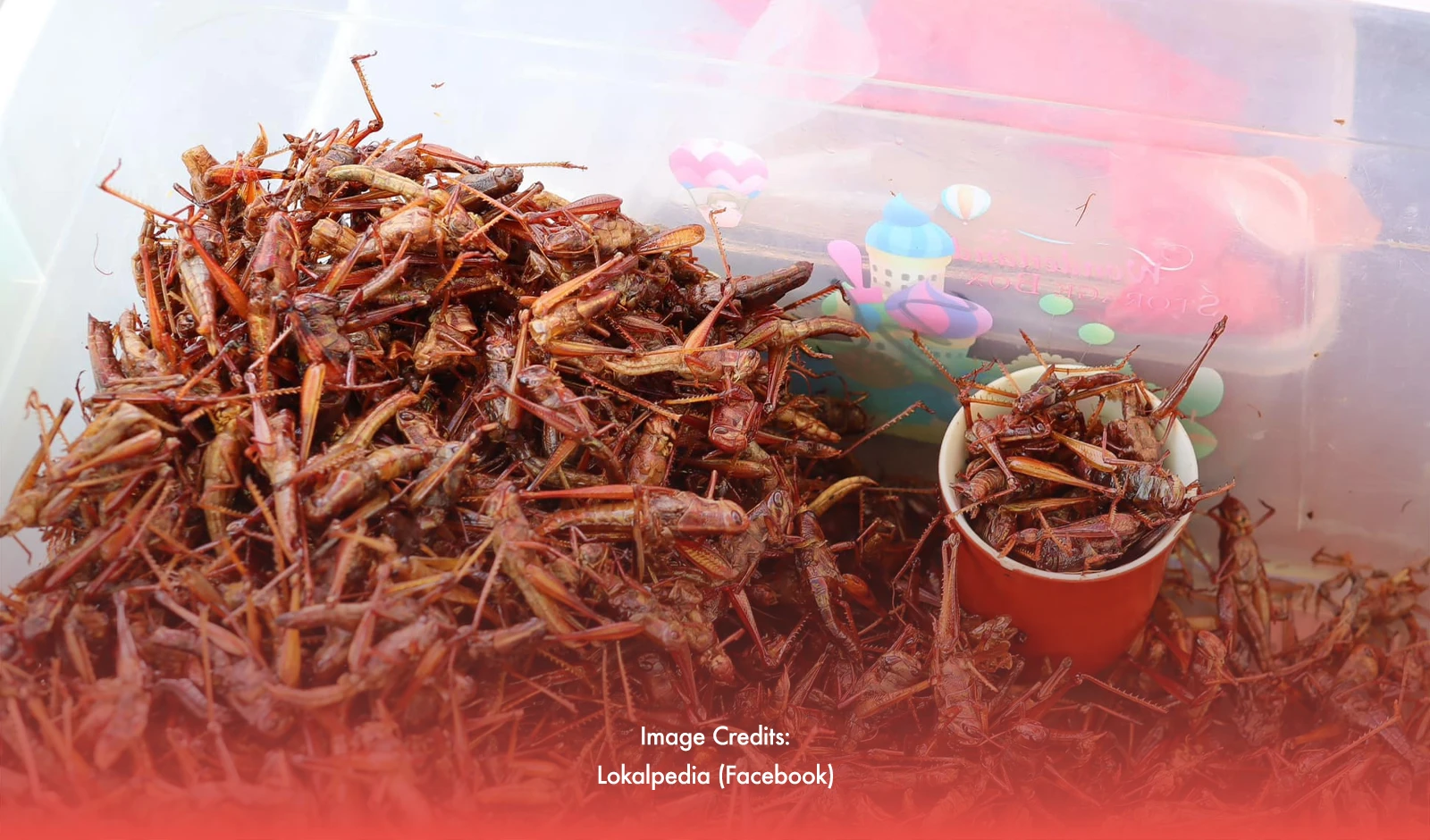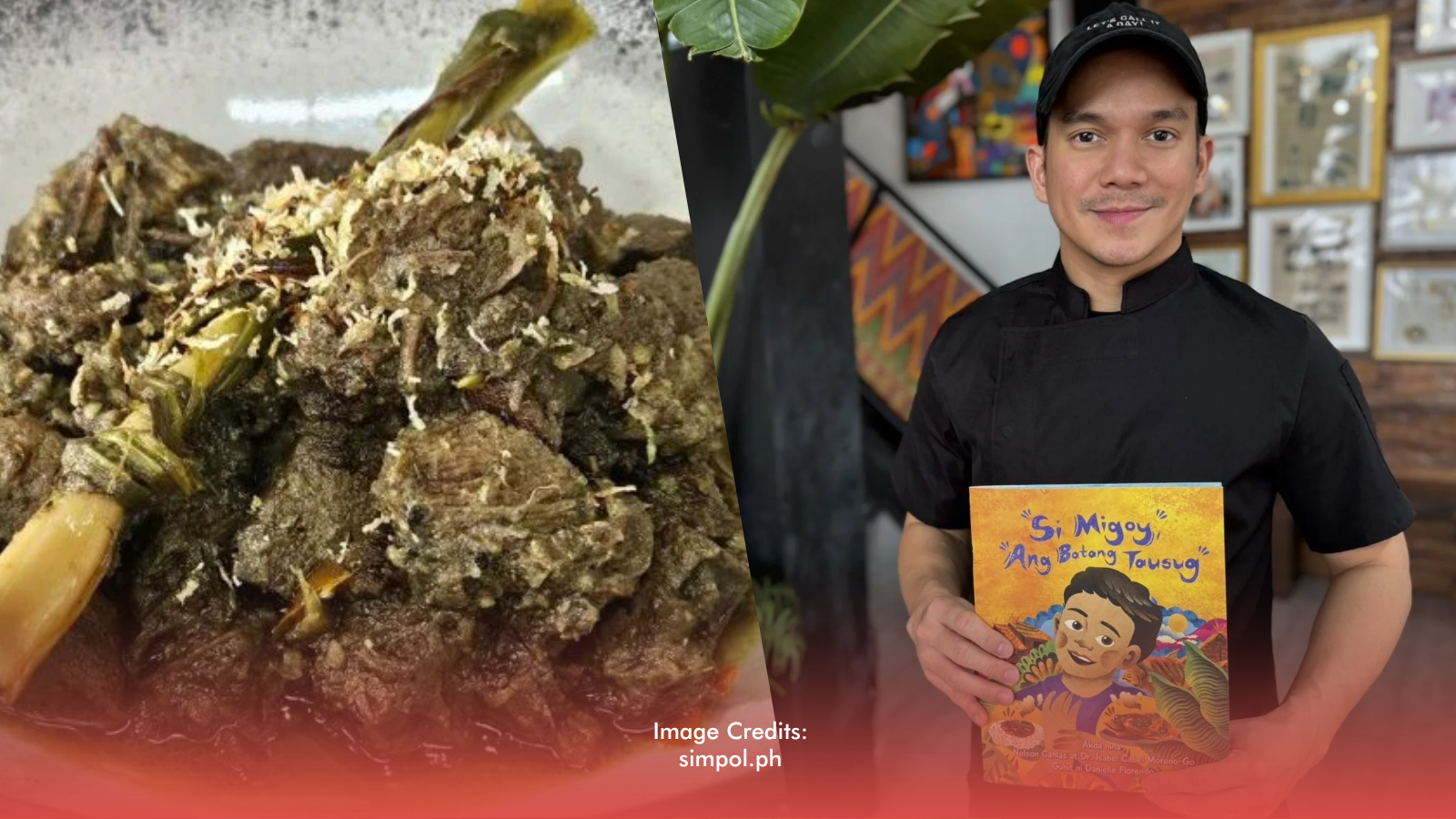In South Cotabato, grasshoppers—known locally as "apan"—have undergone a remarkable transformation. Once seen as pests wreaking havoc on crops, these crunchy creatures have become a beloved snack. Apan are now sold for about P50 per cup, a price comparable to that of a kilogram of rice. While many farmers lament their presence, locals have discovered the potential of these insects as a tasty treat, especially when caught during the night.
The Art of Catching and Cooking Apan
Catching apan is more than just a casual pastime; it requires skill and keen observation. These grasshoppers tend to be more plentiful after the rain, but they become elusive during full moons when they take flight. Interestingly, placing them in a freezer induces a deep sleep, allowing them to awaken once the cold subsides. Fried to a crispy finish, they transform into a popular snack, showcasing the creativity of local vendors who have embraced this unexpected delicacy.
Inspiring Stories of Apan Vendors
“Pampadagdag allowance po. Bayad sa utang tapos pangkain araw-araw,” shared Edith Torion, who relies on selling fried apan for her livelihood. Elizabeth Estulgar, who began selling apan in 1998, also has a heartwarming story. “"Sabi ko, dalhin niyo sa highway, subukan nating ibenta roon. Three hours naubos ang dalawang basket 'yung lalagyan ko ng mangga. Tapos, after three days, sabi ko, 'Subukan kaya natin magluto at ibenta rito sa highway, baka pumatok.' Nagluto ako hanggang marami na ang nagbenta ng apan sa highway," she recalls with pride. Over the years, the number of vendors selling apan has grown, providing many families with a sustainable source of income.
In South Cotabato, grasshoppers have proven to be more than just pests; they symbolize resilience, creativity, and the strength of community spirit.








